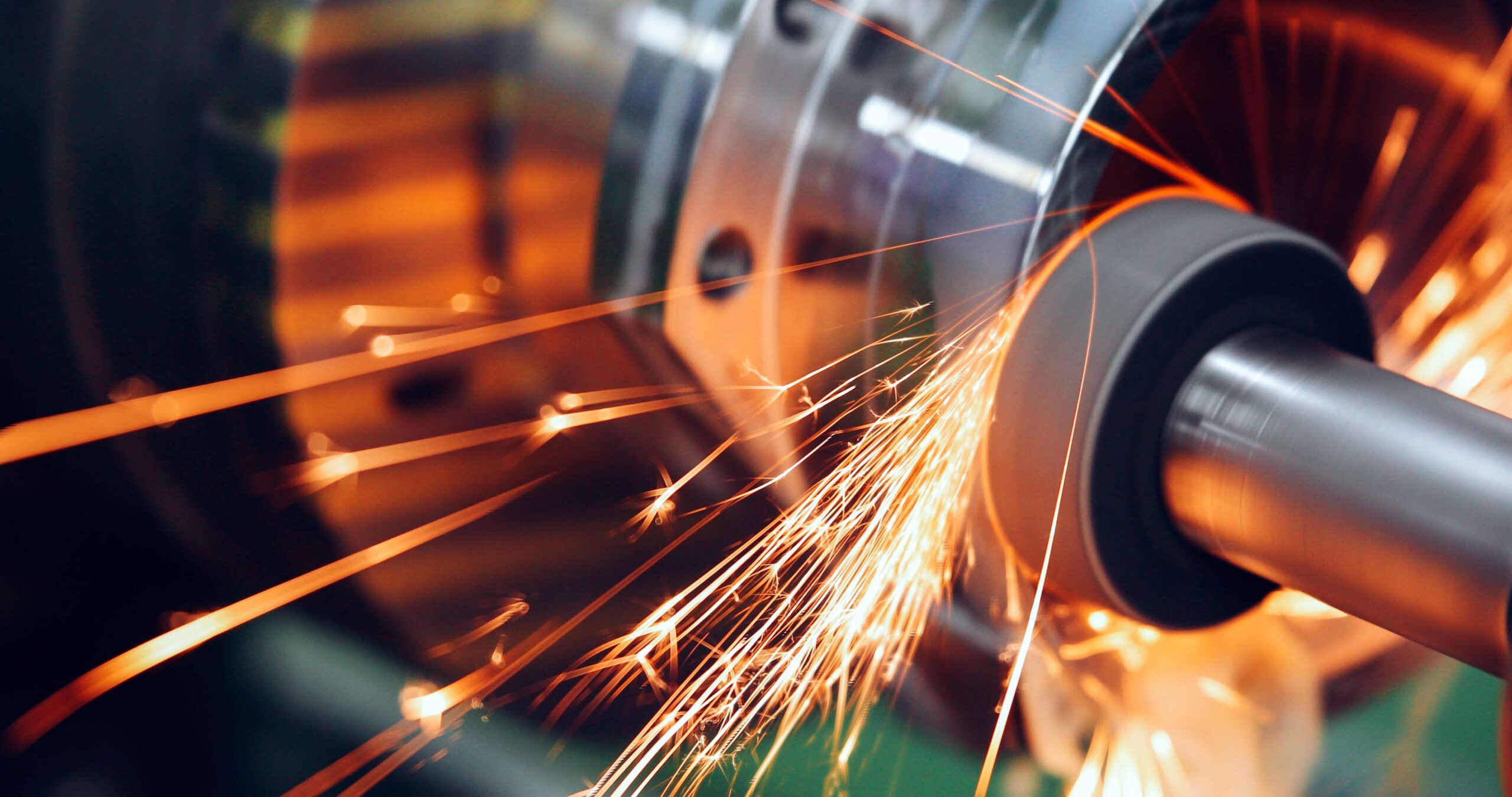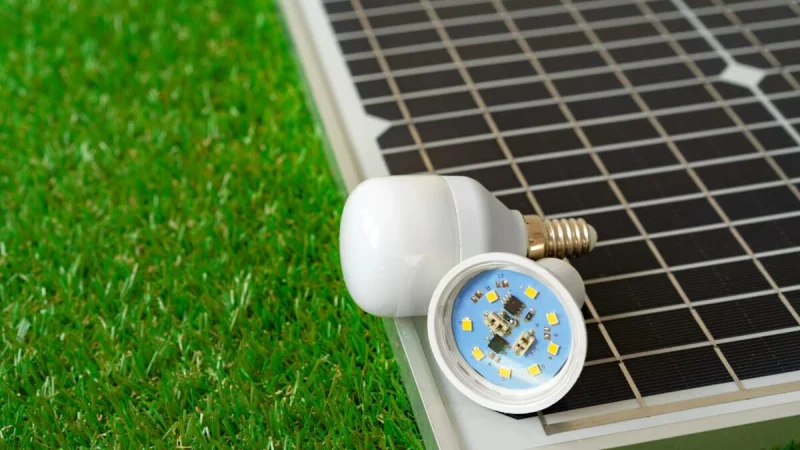The Study of Metal Wear Resistance

Metal wear resistance is an important factor in the functionality and durability of many products. From components in machinery to surgical implants, the ability of a metal to resist wear and tear can mean the difference between a successful product and one that fails. As such, it is important for manufacturers and engineers to understand the different factors that can affect metal wear resistance. This paper will discuss the various ways in which metal wear resistance is studied, how different metals handle wear and tear, and potential strategies to improve metal wear resistance.
Overview of Metal Wear Resistance
Metal wear resistance is a measure of the ability of a metal to withstand wear and tear. This is an important factor in the performance of many products, as metal components are often subjected to various forms of wear and tear. As such, it is important for engineers and manufacturers to understand the different factors that can affect metal wear resistance in order to create products that will last.
There are a number of different factors that can affect the wear resistance of a metal. These include the type of metal, the composition of the metal, the surface finish of the metal, and the environment in which the metal is used. The type of metal is particularly important, as different types of metals have different levels of wear resistance. For example, some metals are naturally resistant to wear, while others may require a coating or other treatment in order to improve their wear resistance.
The composition of the metal can also affect its wear resistance. Different metals have different properties, and these properties can affect how they handle wear and tear. For example, some metals are harder and more resistant to wear, while others may be softer and more prone to wear.
The surface finish of a metal can also have a significant impact on its wear resistance. For example, a metal with a smooth surface finish may be more resistant to wear than one with a rough finish. Additionally, the environment in which the metal is used can also affect its wear resistance. For example, metals that are exposed to high temperatures or corrosive environments may be more prone to wear and tear than those in a milder environment.
Types of Wear Tests
In order to measure the wear resistance of a metal, engineers and manufacturers often use various types of wear tests. These tests are designed to simulate the wear and tear that a metal might be subjected to in its actual application. The most common type of wear tests include abrasion tests, corrosion tests, erosion tests, and fatigue tests.
Abrasion tests are designed to measure the ability of a metal to resist wear caused by rubbing or friction. This type of test is often used to measure the wear resistance of components in machinery, such as bearings and gears. Corrosion tests measure the ability of a metal to resist corrosion caused by exposure to harsh chemicals or environments. Erosion tests measure the ability of a metal to resist wear caused by particles, such as sand or salt. Finally, fatigue tests measure the ability of a metal to withstand repeated cycles of stress without failing.
Different Metals and Their Wear Resistance
Different types of metals have different levels of wear resistance. For example, some metals, such as stainless steel and titanium, are naturally resistant to wear and tear. Other metals, such as aluminum and copper, may require a coating or other treatment in order to improve their wear resistance. Additionally, the composition of a metal can affect its wear resistance. For example, metals with higher levels of carbon and other additives may be more resistant to wear and tear than those with lower levels.
Conclusion
There are a number of strategies that engineers and manufacturers can use to improve the wear resistance of a metal. These include surface treatments, such as coatings and plating, as well as design modifications. Surface treatments, such as coatings and plating, can provide a protective layer to the metal, which can improve its wear resistance. Design modifications, such as changing the shape or size of a component, can also reduce wear and tear. Additionally, materials selection is also important, as certain metals may be more resistant to wear and tear than others.






